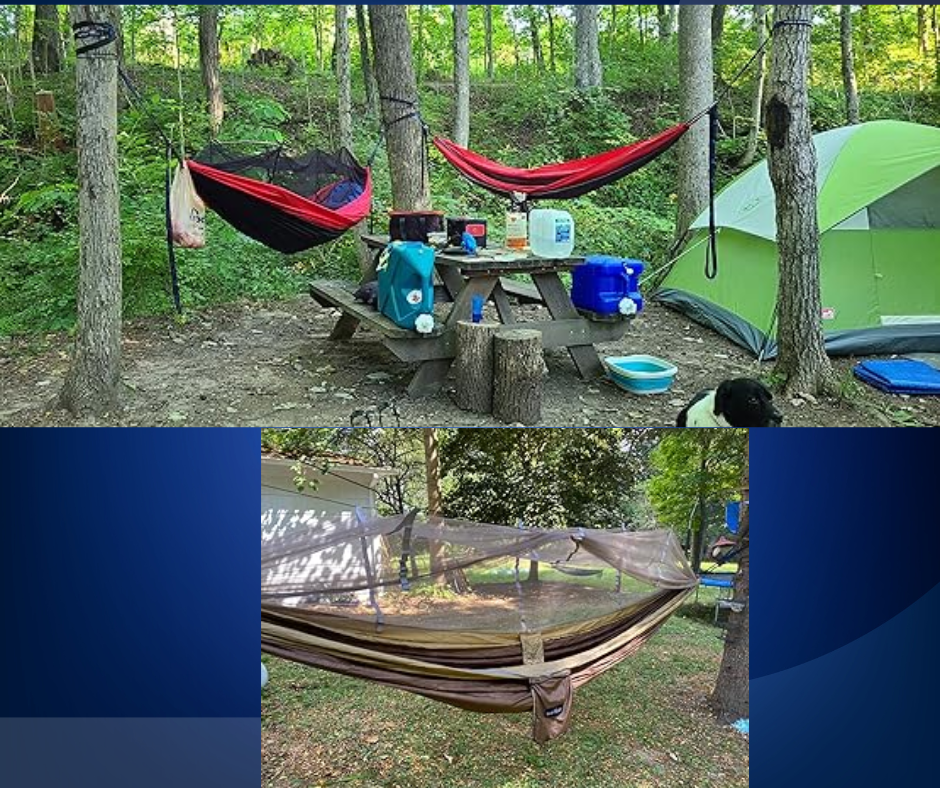There’s something incredibly satisfying about crafting your camping gear. It’s not just about saving money; it’s about connecting with nature on a deeper level and reducing your environmental footprint. I remember my first attempt at making a DIY camp stove out of a soda can. It was a bit wobbly, and I nearly burned my dinner, but the sense of accomplishment was immense. As Melody Smith, an outdoor enthusiast and camping expert, I’ve learned that DIY Sustainable Camping Gear: Make Your Own is more than a trend; it’s a mindful approach to adventure.
We’ll explore how to create your sustainable camping gear, from simple projects to more advanced builds. We’ll cover practical tips, personal experiences, and reliable resources to help you embrace a more eco-friendly and hands-on approach to camping. Let’s dive in and discover the joy of crafting your adventure.

Embracing DIY and Sustainability in Camping
DIY Sustainable Camping Gear: Make Your Own is about more than just crafting; it’s about understanding the materials you use and their impact on the environment. By creating your gear, you can choose sustainable materials, reduce waste, and build items that perfectly suit your needs.
My journey into DIY camping gear began with frustration over the amount of single-use plastic I was seeing on trails. I realized that many camping essentials could be made from recycled or repurposed materials. I started with simple projects like making beeswax food wraps and reusable utensil kits and gradually moved on to more complex items like a DIY hammock and a solar-powered phone charger.
Creating your gear also fosters a deeper appreciation for the outdoors. You understand the effort and thought that goes into each piece of equipment, and you develop a greater sense of self-reliance. This connection to your gear and the natural world enhances your camping experience and encourages a more mindful approach to outdoor recreation.
Crafting Your Sustainable Gear
- Start with Simple Projects: Begin with easy projects like making a fire starter from cotton balls and petroleum jelly or a DIY camping pillow from an old fleece jacket.
- Repurpose and Recycle: Look for materials that can be repurposed, such as old tarps for ground cloths or plastic bottles for water filters.
- Choose Sustainable Materials: Opt for natural materials like bamboo, beeswax, and recycled fabrics. Avoid plastics and other non-biodegradable materials.
- Learn Basic Sewing and Woodworking Skills: These skills will open up a world of possibilities for crafting your gear.
- Test Your Gear at Home: Before taking your DIY gear on a camping trip, test it at home to ensure it’s safe and functional.
When planning your camping packing, ensure you have all the needed materials for any repairs needed to your diy camping gear projects. Always bring a camping checklist to prevent forgetting vital supplies.
Common Questions & Misconceptions: Addressing Your Concerns
- Q: Is DIY camping gear safe?
- A: Yes, if crafted correctly. Research thoroughly, follow instructions carefully, and test your gear before using it in the wilderness.
- Q: Can I make high-quality camping gear at home?
- A: Absolutely. With the right materials and skills, you can create durable and functional gear that rivals store-bought products.
- Q: Is DIY camping gear cheaper?
- A: Often, yes. By using recycled materials and avoiding brand-name products, you can save money.
- Q: Do I need advanced skills to make my camping gear?
- A: No. Start with simple projects and gradually work your way up to more complex builds. There are plenty of beginner-friendly tutorials available online.
- Q: Are homemade camping gear items as durable as store-bought?
- A: It is possible to make them durable, but it will depend on the materials used and the level of craftsmanship.
Many people believe that making camping gear is too difficult, but that is simply not true.
Recommended Tools, Resources & Product Insights: My Top Picks
- Sewing Machine: A basic sewing machine can be invaluable for crafting gear like sleeping bags and backpacks.
- Woodworking Tools: A saw, drill, and sandpaper are essential for woodworking projects.
- Beeswax and Cotton Fabric: For making beeswax food wraps and fire starters.
- Recycled Fabrics: Old clothing and tarps can be repurposed for various projects.
- Online Tutorials: Websites like Instructables and YouTube offer a wealth of DIY camping gear tutorials.
- Books: “Bushcraft 101” and “The Ultimate Guide to Wilderness Living” provide valuable skills and knowledge.
- Amazon is a great source to find materials and tools for your DIY camping gear.
For DIY camping gear storage, I use repurposed plastic bins and canvas bags.

Case Study or Real-Life Application: Building a DIY Backpack for a Weekend Hike
Last spring, I decided to build my backpack for a weekend hiking trip in the Olympic National Forest. I used recycled canvas fabric, repurposed straps from an old backpack, and wooden dowels for support. I followed an online tutorial and spent a few evenings crafting the backpack in my workshop.
The result was a sturdy and functional backpack that perfectly fit my needs. It was lighter and more comfortable than my store-bought backpack, and I felt a deep sense of pride knowing that I had created it myself. On my hike, I also used a DIY camp gear stove and a homemade camping gear sleeping pad.
This experience reinforced my belief that DIY Sustainable Camping Gear: Make Your Own is not only a practical approach to camping but also a rewarding one.
Conclusion
Crafting your camping gear is a fantastic way to connect with nature, reduce your environmental impact, and enhance your outdoor experiences. By embracing DIY projects, you can create gear that perfectly suits your needs and reflects your style.
Whether you’re a seasoned camper or a beginner, there are countless DIY projects to explore. Start with simple projects, learn new skills, and gradually build your collection of sustainable camping gear.
What DIY camping gear projects have you tried? Share your experiences and tips in the comments below! Let’s inspire each other to embrace a more sustainable and hands-on approach to camping.

Melody Smith is a passionate writer, outdoor enthusiast, and camping expert based in the Seattle Metropolitan Area. With a deep love for nature and adventure, she shares her personal experiences, tips, and insights on MyCampingPro.com. A seasoned camper and traveler, Melody combines her creative background in design and writing with her love for the great outdoors, offering practical advice and inspiring stories to help others make the most of their outdoor experiences. When she’s not exploring the wilderness, you can find her painting, collecting vintage treasures, or diving into a good book.
